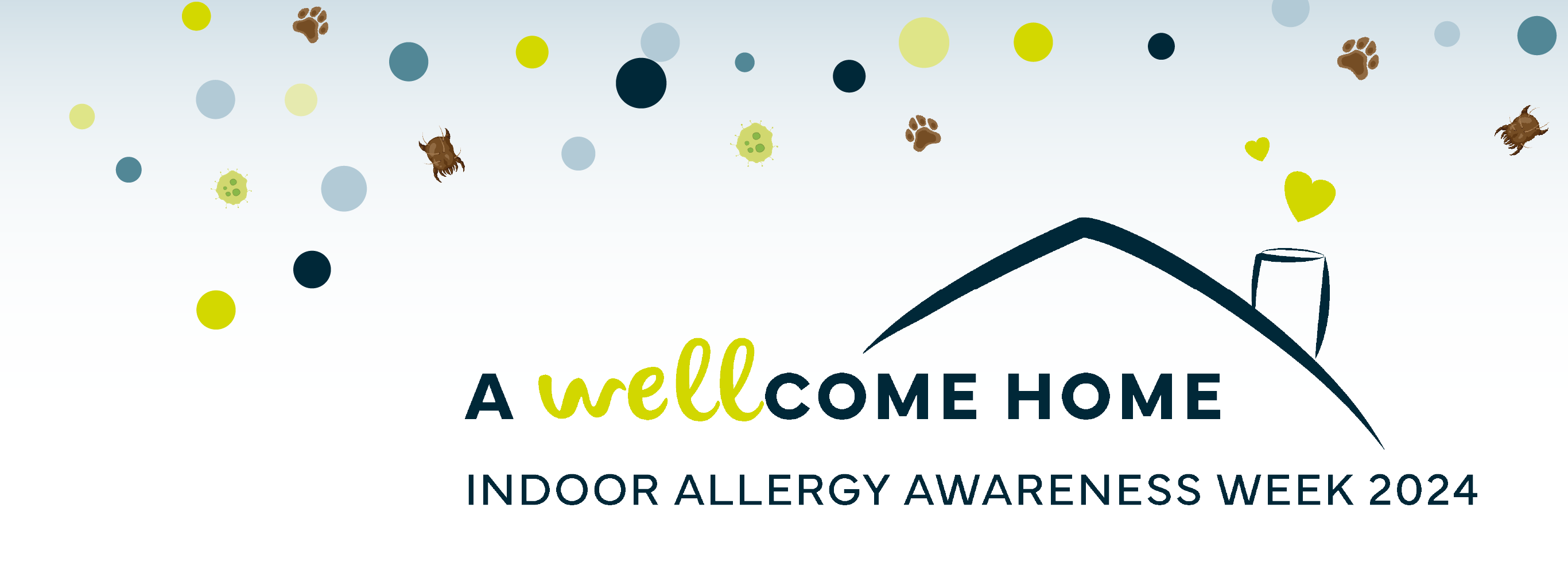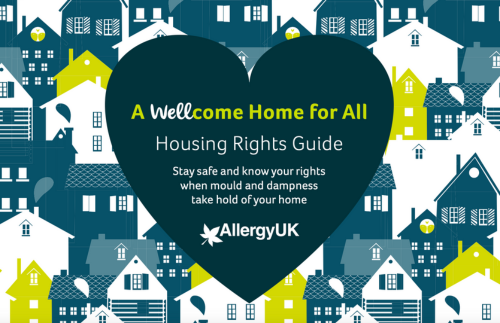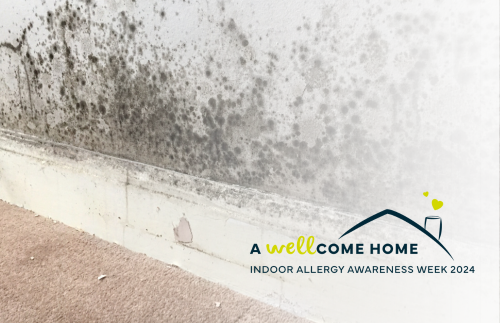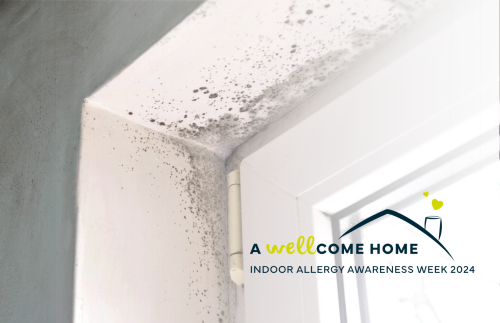
Housing Complaint Letter Template
Noone’s home should be a hazard to their health.
If you live with a mould allergy or a respiratory condition, the mould spores present in a home can present a danger to your health. Whilst there are some steps you can take to reduce that risk, such as allowing good ventilation and frequent cleaning, there may be persistent issues in the building structure itself which can prevent these exposure reduction measures from being sufficient. In these instances, and where you are not the homeowner, it is important that the owner of the property is promptly notified of the issue of mould or damp to be able to address the problem.
While we hope these issues can be resolved informally, sometimes a formal approach is necessary when you are not receiving a response. Sending a formal letter also ensures that you have clear documentation of your communication if the issue needs to be escalated.
Below you’ll find our letter templates for contacting your landlord, council, or housing association about mould or dampness in your home.
It’s important to note that, at present, there is no specific timeline for social housing providers to address mould; they are only required to act within a “reasonable timeframe.” However, with the implementation of Awaab’s Law by the end of 2024, social housing landlords will be required to respond within a strict timeframe.
Please also be aware that some tenancies are not covered by the fitness for habitation rules. These rules apply to most tenancy agreements, including secure, assured, assured shorthold, and Rent Act tenancies. They apply equally to both private and social landlords.
The rules do not apply to:
- Other license agreements
- Business tenancies
- Agricultural holdings
- Crown tenancies (e.g., lets by government departments)
- Tenancies where a local authority is the tenant
- Tenancies that began before 24 October 1961
- Tenancies with a fixed term of seven years or more (with some exceptions)
If your tenancy falls under any of the above categories, it may be wise to seek additional legal advice on the best course of action.

A Wellcome Home Housing Guide
Maintaining a safe and comfortable home is essential for your well-being. Our Wellcome Home Housing Guide is specifically designed for renters and residents of council and housing association properties living with a mould allergy, providing you with vital information on how to address common housing issues, such as mould and dampness.

Living with a Mould Allergy
This page will guide you through the causes and symptoms of mould allergies, helping you identify triggers within your home and providing practical advice on how to manage and reduce exposure. By understanding mould allergy better, you can take proactive steps to create a healthier, allergen-free living environment.

Understanding Awaab’s Law
If you have an indoor allergy and live in rented accommodation, this important piece of legislation will be relevant to you.
Sign Up For More Information
It is important to Allergy UK that we can engage with all people that are affected by allergic disease
Join our mailing list





 Helpline
Helpline